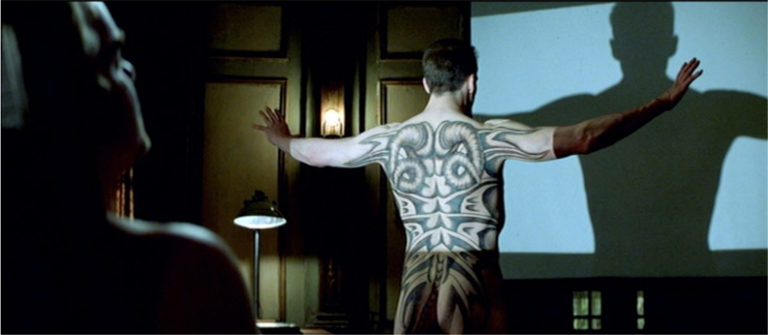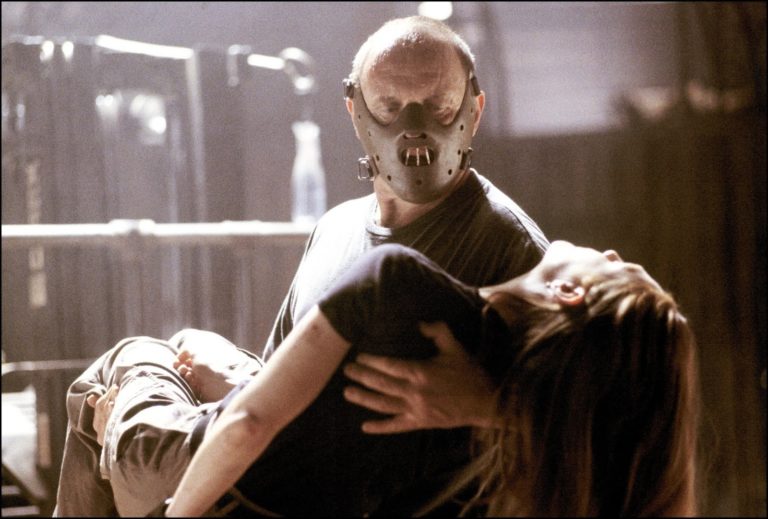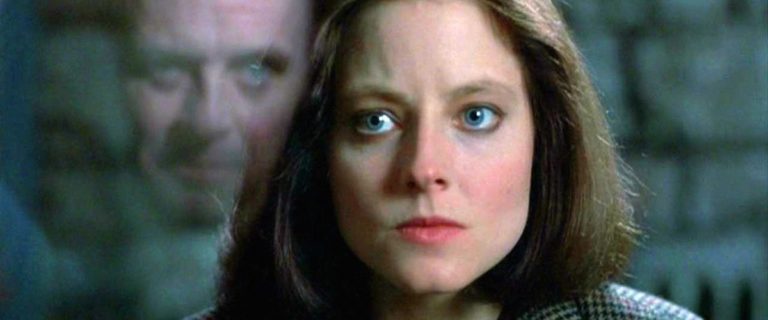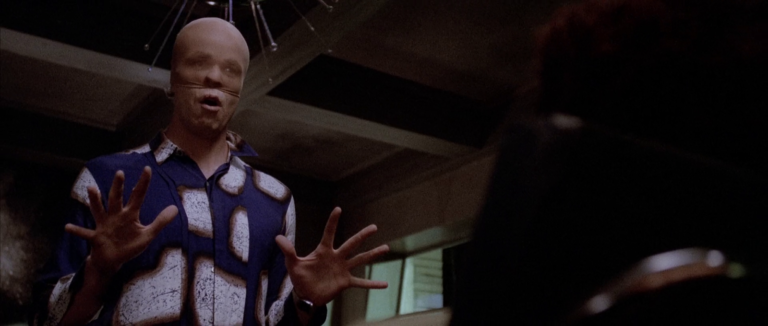Welcome back to the Hannibal Lecter retrospective! In today’s post we’ll be looking at 2002’s prequel/remake/cash-in, Red...
Month: July 2020
Welcome back to the Hannibal Lecter retrospective! In today’s post we’ll be looking at the follow-up to...
Welcome back to the Hannibal Lecter retrospective! In today’s post we’ll be going over The Big One,...
If you follow me on Twitter then you may have heard recently that I have been devouring...



